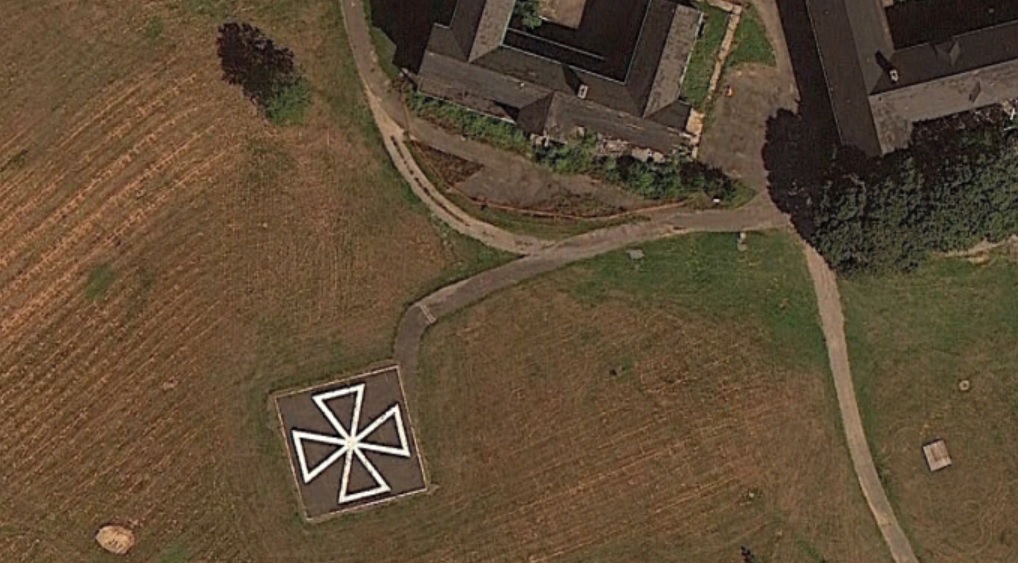Plum Island, Nazi scientists, and the CIA
Plum Island is the counterpart of a similar Nazi facility located on Riems Island in the Baltic. In fact, Nazi veterinarian Dr. Erich Traub, who was a leading scientist at the Reich Research Institute for Virus Diseases of Animals on Riems Island. While at Riems, Traub developed a project to infect Soviet livestock with foot-and-mouth disease by dropping infected ticks over Russia. Exfiltrated by British intelligence from the Soviet zone in Germany after the war and provided safe passage to America as part of Operation Paperclip, Traub was placed in charge of the new Plum Island facility in 1952. Among the scientists recruited by Traub and his CIA bosses were Japanese veterans of Unit 731, the Imperial Japanese biological warfare research center that was located in Harbin in the Japanese puppet state of Manchukuo during World War II. Traub worked with U.S. biological warfare experts from Fort Detrick, Maryland in developing some of America's most lethal bio-warfare weapons. The Department of Agriculture affiliation of Plum Island was merely a cover established by the CIA to mask the facility's actual work.
Using Google Earth-supplied satellite imagery, WMR discovered a strange helicopter landing pad on the highly-secure Plum Island that resembles a German Iron Cross.


Plum Island's Iron Cross chopper pad [top] and the Iron Cross [bottom] awarded to many Nazi scientists who worked on Plum Island's Nazi counterpart of Riems Island.
Traub, a virologist, was an expert on using insect vectors to spread various diseases in livestock, other animals, and humans. Traub's pioneering work on tick-born disease vectors is believed to have resulted in the 1975 outbreak of Lyme Disease in nearby Connecticut.
According to CIA director Allen Dulles's log of March 23, 1954, the Agriculture Department Agricultural Research Center deputy administrator, M.R. Clarkson, requested that Dulles authorize a CIA representative to work with Plum Island "advisors" in April 1954 to determine the "material to be screened" by the Plum Island scientists and the "kinds of tests to be used." The lead scientist of Plum Island was Traub who was largely exfiltrated from Germany by the chief facilitator of Paperclip, Dulles.
Plum Island largely replaced a biological warfare research center active during World War II. It was located on Horn Island, off of Biloxi, Mississippi. In 1942, the Army Chemical Warfare Service evicted the 26 inhabitants of Horn Island, which was 12 miles off the coast of Mississippi in the Gulf of Mexico.
Plum Island serves as a major research center in a bio-warfare network that includes Fort Detrick, the Army's Dugway Proving Ground in Utah; the Joint Pathology Center in Silver Spring, Maryland; the Centers for Disease Control in Atlanta; and the National Institutes of Health in Bethesda, Maryland.
Plum Island is believed to store cultures of smallpox, Lassa fever and an artificially-derived variant of it known as "Legionnaire's Disease, Rift Valley fever, and malaria.
